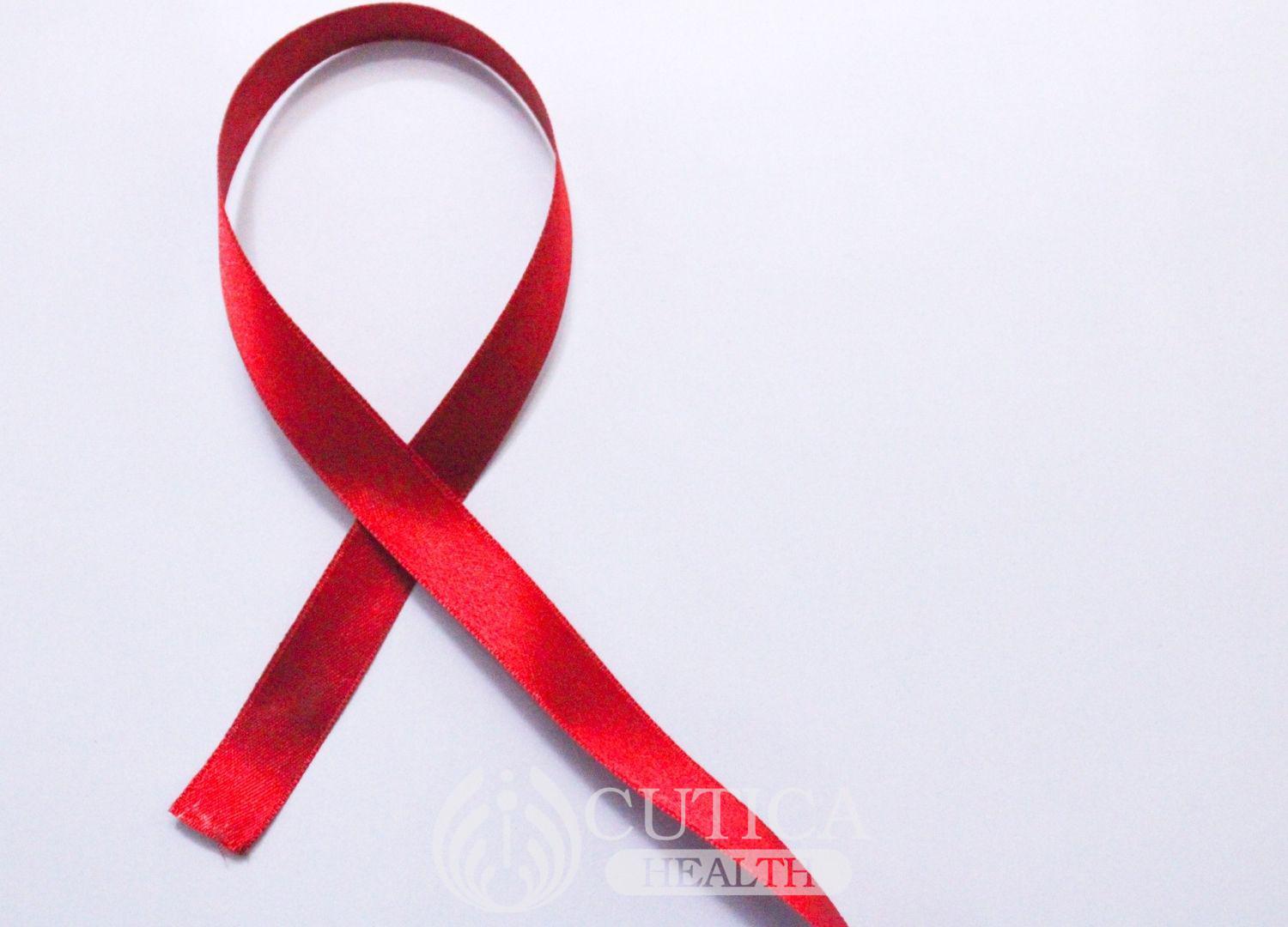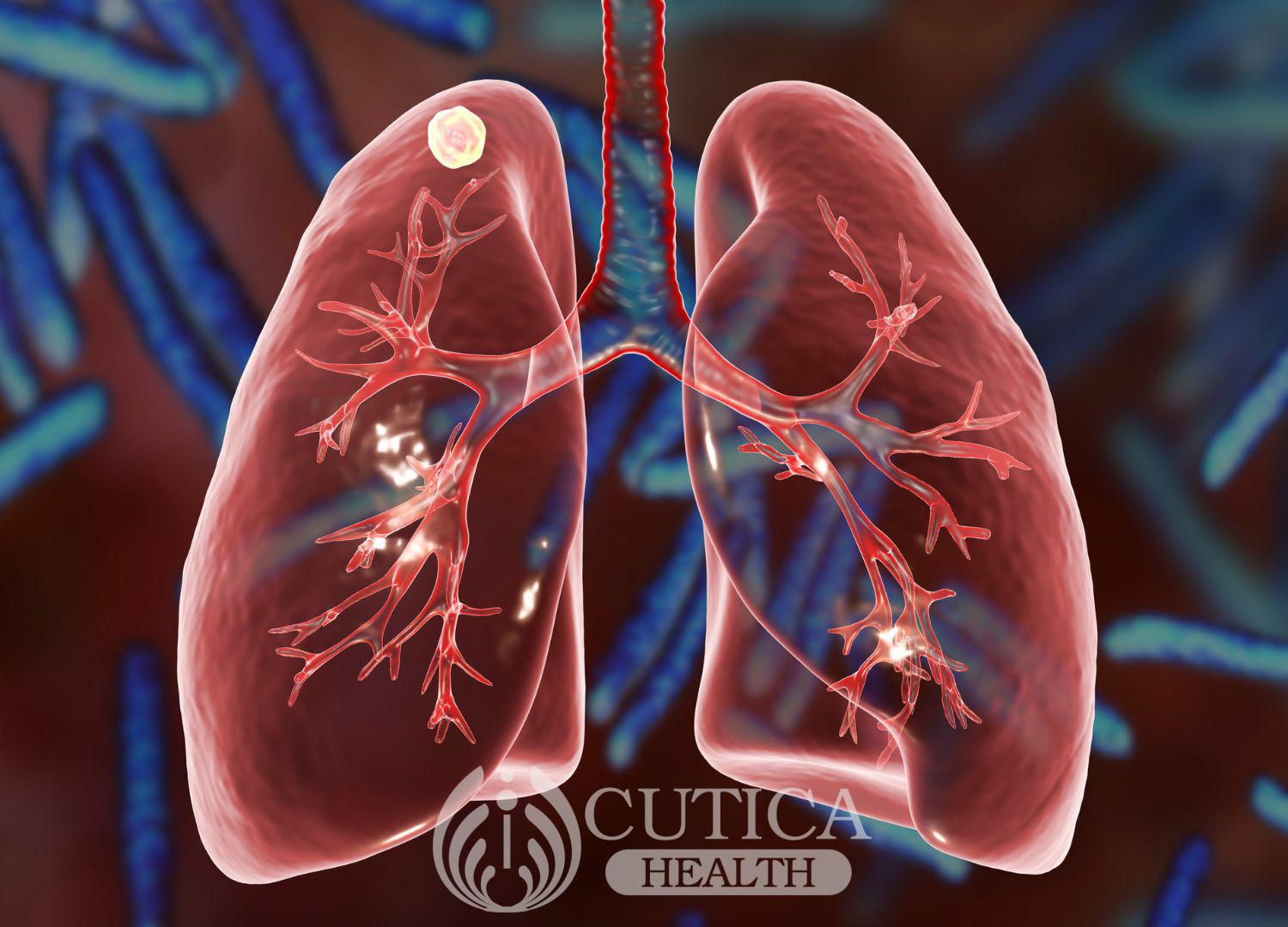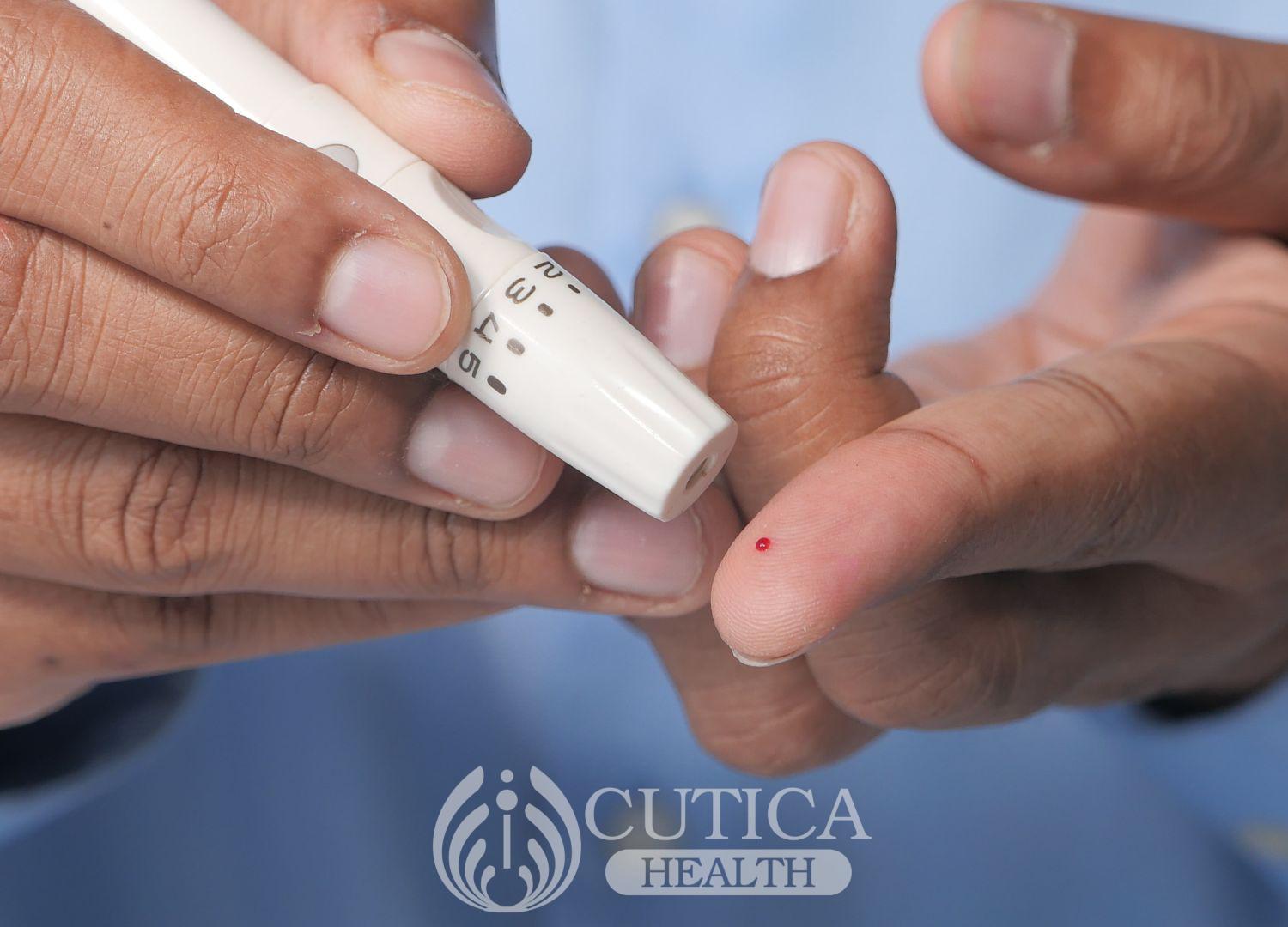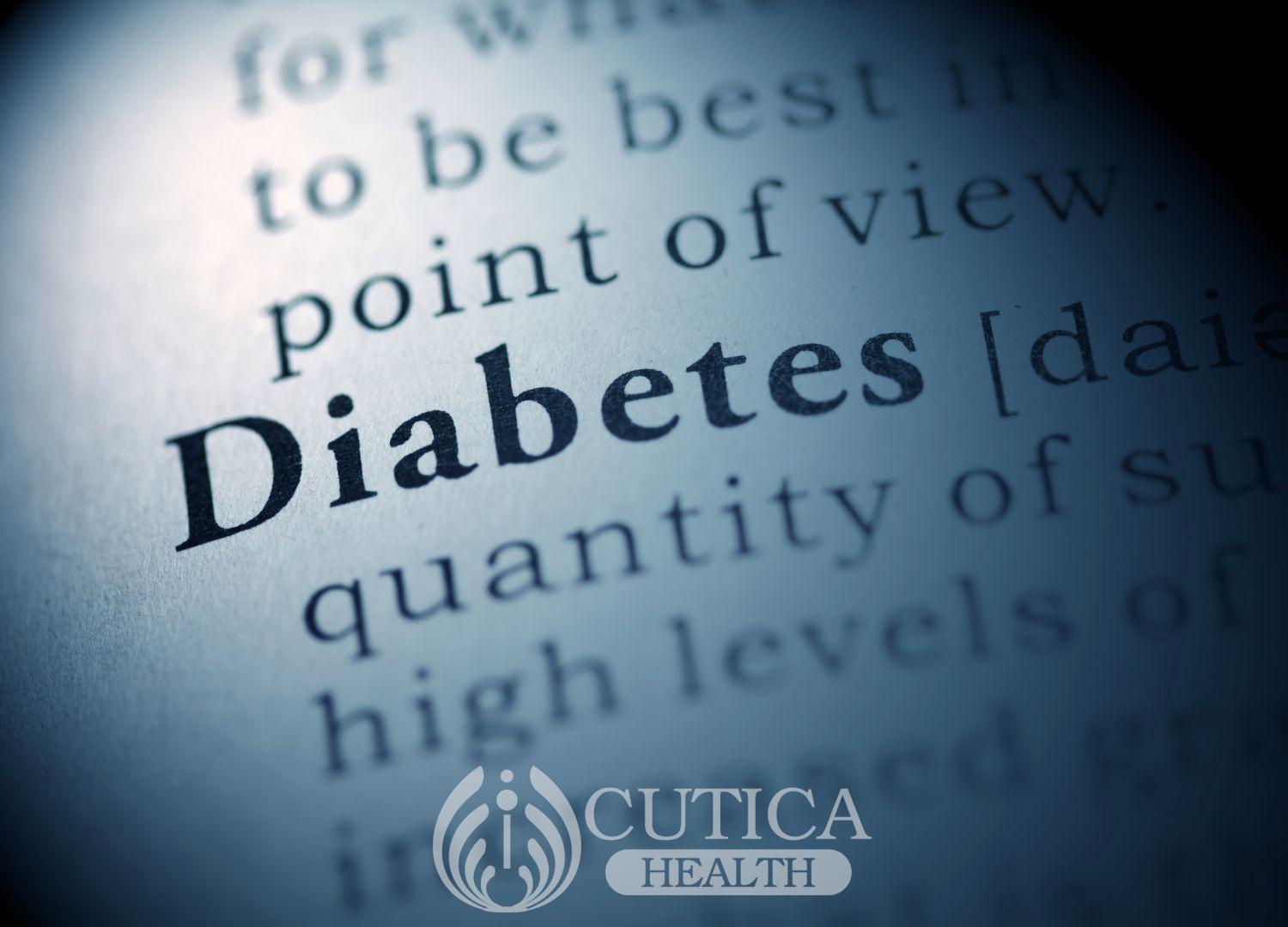
Human Immunodeficiency-deficiency Virus (HIV) is a global pandemic with millions of people affected over the globe. Knowledge about HIV over the last few decades has resulted in improved care and better outcomes for People Living with HIV/AIDS (PLWHA). This increase in knowledge has helped in developing new drugs, preventing transmission, and reducing stigma. But a lot of myths still abound regarding HIV and AIDS and these myths are spurred by a mixture of misinformation and cultural beliefs. To tackle this pandemic of misinformation will require contrasting myths with facts.
Here are some of them:
- HIV is a death sentence: The fact is that with the current advances in treatment, PLWHA can lead normal lives with proper treatment. Advances include the development of highly active anti-retroviral drugs, advent of single use medications for treatment, and better management of side effects of drugs. This has resulted in longer life expectancies following HIV infection and better control of its complications. HIV is no longer a death sentence.

- You can tell if someone has HIV/AIDS by looking at them: This is a surprisingly common myth. It’s said that there are certain ways PLWHA look but this is not true. Most of the signs which people associate with HIV, such as severe weight loss, are due to chronic illnesses, and HIV is just one out of many. Further more, these signs are absent in individuals who are in the early stage of the disease or on treatment. Also, if an individual contracts the HIV virus, the symptoms are mostly absent or unremarkable. A person with an HIV infection might have fever, fatigue , or general malaise, which may even be confused with malaria or flu. Additionally, the initial mild symptoms generally only last a few weeks. So the only way to tell if a person has HIV/AIDS is by running a medical test.
- HIV positive people can’t safely have children: It is thought that all HIV positive people will have HIV positive children. However, this is untrue as HIV positive women and men can have HIV-negative children safely. If a woman adheres to her treatment plan and uses her medication as and when due, it is possible to have a child who isn’t HIV positive.

Interestingly, as many as 15-45% of HIV positive women who have no intervention whatsoever end up having HIV negative babies. However, for women who access interventions, the woman is placed on treatment and her pregnancy and delivery closely monitored. The child is also placed on preventive medication and a HIV test is quickly done to ascertain the child’s HIV status. All these make delivery of children safe for PLWHA.
- Those who test negative for HIV can have unprotected sex: A person was recently diagnosed with HIV may not test positive on an HIV test until up to three months later. This is because the antibody-only tests used in screening work by detecting antibodies in the body which develop when HIV infects the body. Depending on the test, HIV positivity could be detected after a few weeks, or up to three months after possible exposure because of the time needed for antibodies to develop. So a negative antibody test does not exclude 100% the possibility of a HIV infection.
- HIV always leads to AIDS: HIV is the infection that causes AIDS. But it is not automatic for every HIV positive person to develop AIDS. AIDS is a syndrome where the immune system is severely depleted by the virus over time. However, early treatment of HIV infection prevents this progression to AIDS. And with new advancements in HIV therapies, this is now more possible than ever.

HIV is a global health challenge and misinformation about the disease can hamper progress in tackling its spread and ensuring adequate treatment for PLWHA.












